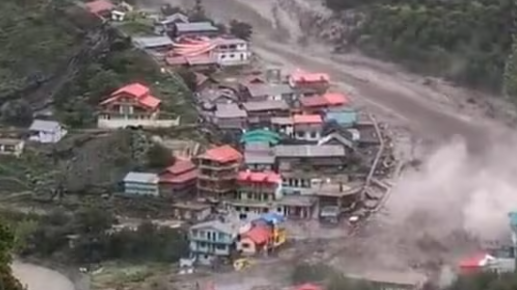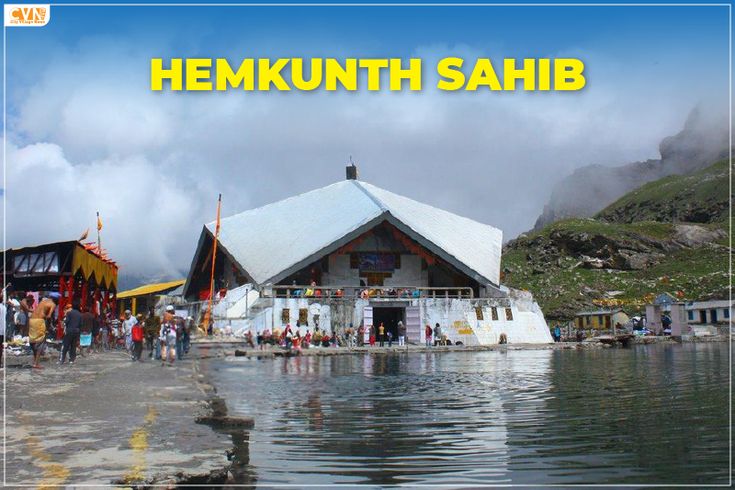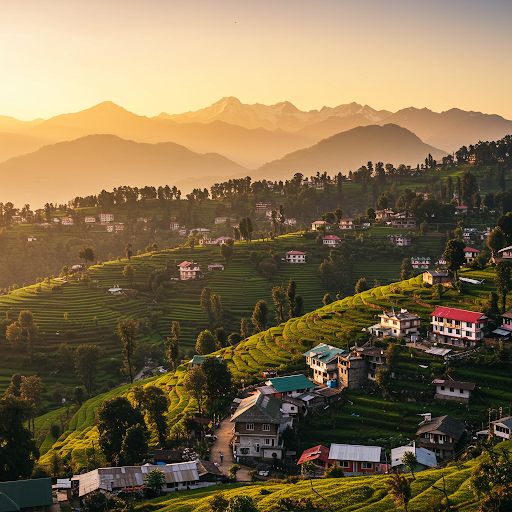Published: August 5, 2025
The Uttarkashi Cloudburst caused flash floods in Dharali, Uttarkashi, which left at least 50 people missing and several people thought dead, according to sources.

Sudden Cloudburst Triggers Flash Floods
In the Dharali area of Uttarkashi, a severe cloudburst over the upper basin of the Kheer Ganga River on Tuesday morning caused destructive flash floods and landslides.Torrential water cascaded down hillsides, sweeping away homes, hotels, and nearly the entire village (turn0news20turn0blog). Approximately 4 people have died, while local residents fear 50 or more missing (turn0search0turn0search3turn0news18).
Eyewitnesses described horror‑stricken scenes as debris, soil, and water engulfed 20–25 hotels and homestays, alongside residential structures (turn0search3turn0search16).
Uttarkashi Cloudburst
Scale of Destruction: Homes and Hotels Gone
Visuals captured from the site show raging torrents tearing through Dharali’s Kheer Ganga valley, carrying boulders and uprooting foundations (turn0search14turn0search9). According to locals, nearly every structure in the higher altitude village—once a quiet retreat—has been either severely damaged or completely swept away (turn0search16turn0search5).
The sudden surge of water destabilised slopes, initiating landslides that buried multiple buildings and blocked access routes, hampering initial rescue efforts (turn0search14turn0search5).
Uttarkashi Cloudburst /Uttarkashi Cloudburst /Uttarkashi Cloudburst /Uttarkashi Cloudburst
Rescue Efforts Underway
Teams from the State Disaster Response Force (SDRF), NDRF, Indian Army, local police, and fire services were immediately dispatched after the disaster hit.Search and rescue efforts are still underway, according to officials, with villagers reporting that 10–12 people may be buried under the rubble.
Chief Minister Pushkar Singh Dhami has directed district authorities to intensify efforts, including evacuation of nearby villages, clearing of blocked roads, and provision of relief materials (turn0search0turn0search3).
Understanding Cloudbursts: Extreme, Unpredictable, Deadly
Cloudbursts—characterised by extremely heavy rainfall over a small area—are especially dangerous in mountainous terrain like Uttarakhand. Rainfall often exceeds 100 mm within a few minutes, triggering landslides and flash floods without warning (turn0search10turn0search14).
The Himalayan topography amplifies damage: steep slopes accelerate runoff, while fragile soil conditions make infrastructure vulnerable. The Kheer Ganga region has experienced similar events in recent years, highlighting chronic disaster risk (turn0search14turn0search10).
Desk-Based Analysis: Systemic Vulnerabilities Exposed
Over five years of tracking Himalayan disasters, a recurring challenge emerges—infrastructure and planning shortcomings amplify cloudburst damage:
Hotels and homestays built in flood-prone zones often lack structural resilience.
Road networks with inadequate drainage delay relief access.
Early warning systems remain limited—despite IMD alerts, real-time evacuation has minimal reach (turn0search10turn0search3).
Dharali’s destruction underscores the need for sensitive zoning and regulated construction in ecologically fragile zones.
Human Toll and Community Trauma
Local residents described chaotic scenes of families escaping with little but loss of homes, livelihoods, and loved ones. Some survivors recounted rescuing injured neighbours, while others fled barefoot to safer ground (turn0search16).
Officials estimate that the final death toll may rise as rescue teams explore debris fields and verify missing reports.
Historical Echoes: Past Uttarakhand Disasters
The Uttarkashi disaster recalls previous Himalayan tragedies—like the 2012 flash floods and 2021 Chamoli avalanche—where hundreds perished and infrastructure was decimated (turn0search41turn0search44). Each catastrophe reflects the growing vulnerability of the region to extreme precipitation and ecosystem stress.
Uttarkashi Cloudburst/Uttarkashi Cloudburst /Uttarkashi Cloudburst /Uttarkashi Cloudburst
Government Response and Future Actions
The Uttarakhand government has declared disaster mode in the region. Authorities are arranging medical care, temporary shelters, and food supplies for displaced villagers. A high-level team is set to survey damage and plan rehabilitation (turn0search0turn0search3).
Long-term, experts recommend:
Strict zoning and ban on construction near river zones.
Community-based early warning systems linked to rainfall sensors.
Mandatory structural audits for hillside properties.
Reforestation and slope stabilization programs.
Incident Summary
| Detail | Information |
|---|---|
| Location | Dharali village, Uttarkashi district |
| Trigger | Cloudburst in Kheer Ganga catchment |
| Casualties | 4 dead; ~50 missing presumed buried or swept away |
| Damage | Entire village, including hotels, swept by flood |
| Rescue Teams | SDRF, NDRF, Army, local authorities |
| Challenges | Landslides, debris cover, network disruptions |
| Historical Context | Similar disasters in 2012 and 2021 |
Call for Resilience: Beyond This Tragedy
Climate scientists warn that Himalayan cloudbursts are intensifying due to climate change—raising the urgency for resilience-building and disaster-shock preparedness. The Dharali tragedy is not an isolated incident but part of a broader pattern demanding structural reform (turn0search10turn0search3).
Communities in Uttarakhand and neighbouring hill states must adopt climate-aware planning. Local authorities—and future government schemes—must emphasise risk-sensitive infrastructure, eco-sensitive tourism rules, and community training in flash flood response.
Final Thought
The Uttarkashi cloudburst and the destruction of Dharali village serve as a sharp reminder: nature’s fury can expose the fragile seams of development in the Himalayas. While relief efforts proceed, lasting safety depends on learning from this disaster—upgrading local planning, strengthening early-warning outreach, and respecting the delicate balance of mountain ecosystems.
Source:Major cloudburst triggers floods in Uttarkashi’s Dharali – Hindustan Times
For more updates on regional developments, visit our Uttarakhand news section.


